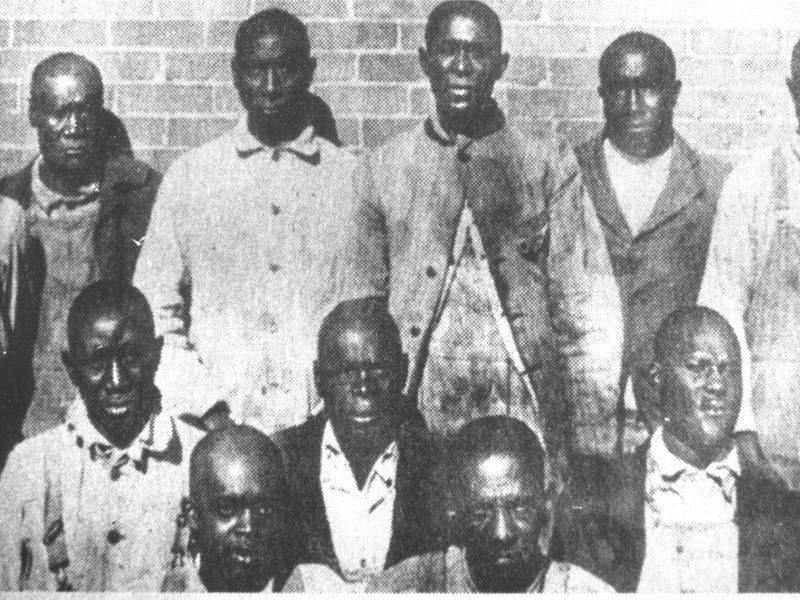As Black World War One servicemen returned to their civilian lives they asserted their rights as citizens. Whites responded with violence. It was the Red Summer.
Economists Trevon Logan and William Darity, Jr. write in Bloomsberg News:
In the first half of the 20th Century, White mob terror against Black Americans occurred across the nation, rural and urban, north and south. In 1910 alone, there were an estimated 16 massacres. The year 1919 was so deadly it was called The Red Summer, with more than 30 separate incidents. The violence persisted for years — in Ocoee, Florida (1920), in Tulsa, Oklahoma (1921), in Rosewood, Florida (1923), among many more.
Spanning from May through October, the Red Summer represented White people’s hostile response to the demands of Black soldiers returning from World War I. Having served their country, often with distinction, Black veterans came home unwilling to accept the Jim Crow status quo. Their resistance to the “rules” of American apartheid sparked violent reprisals, including murders and the destruction or appropriation of property.
While the Tulsa riot has garnered more national attention, most recently ignited by President Trump’s campaign rally there, the events that transpired in Elaine [Arkansas] in late September and early October 1919 are no less significant. The context was a conflict over freedom of contract. White people in Elaine had long been the privileged first buyers of Black farmers’ crops, primarily cotton, at prices well below the market rate. The Black farmers, led by returning veterans from World War I, sought to unionize and establish conditions where they could sell their crops to the highest bidder, as any other farmer would.

